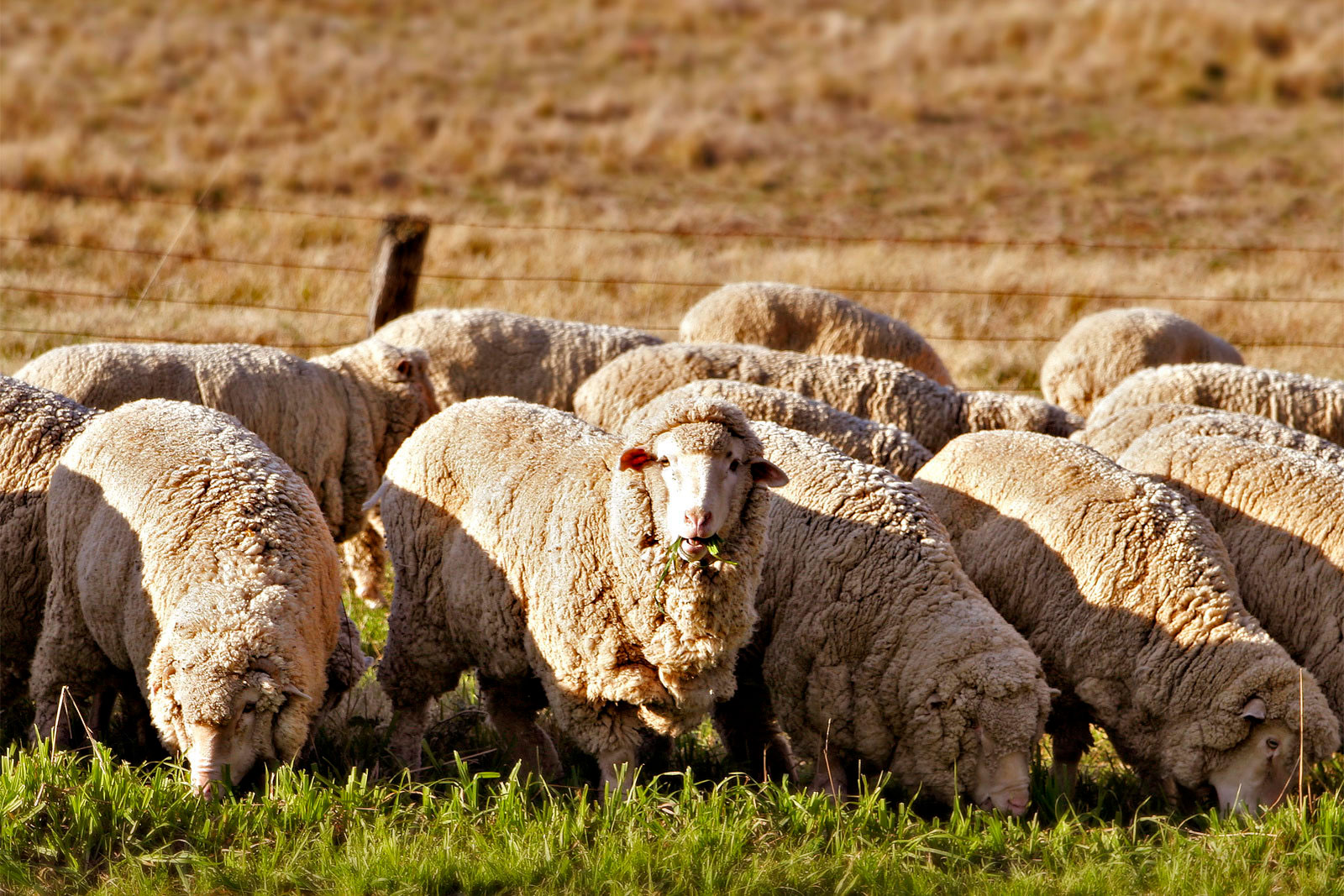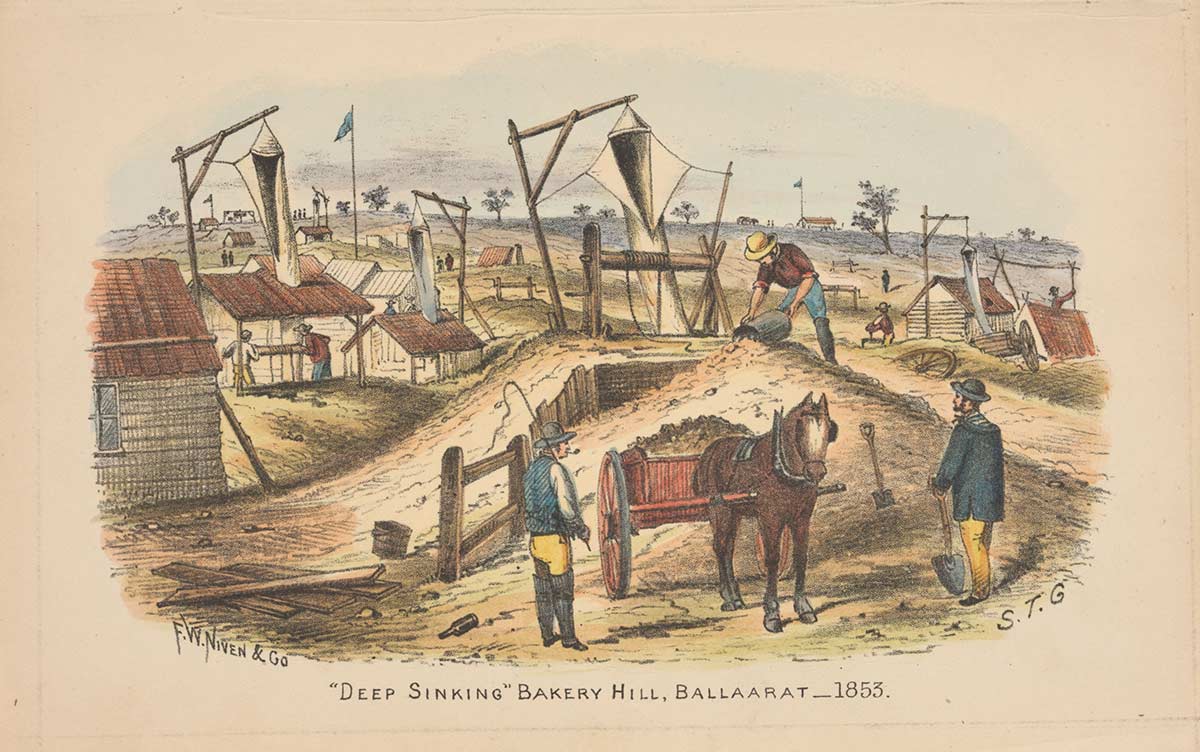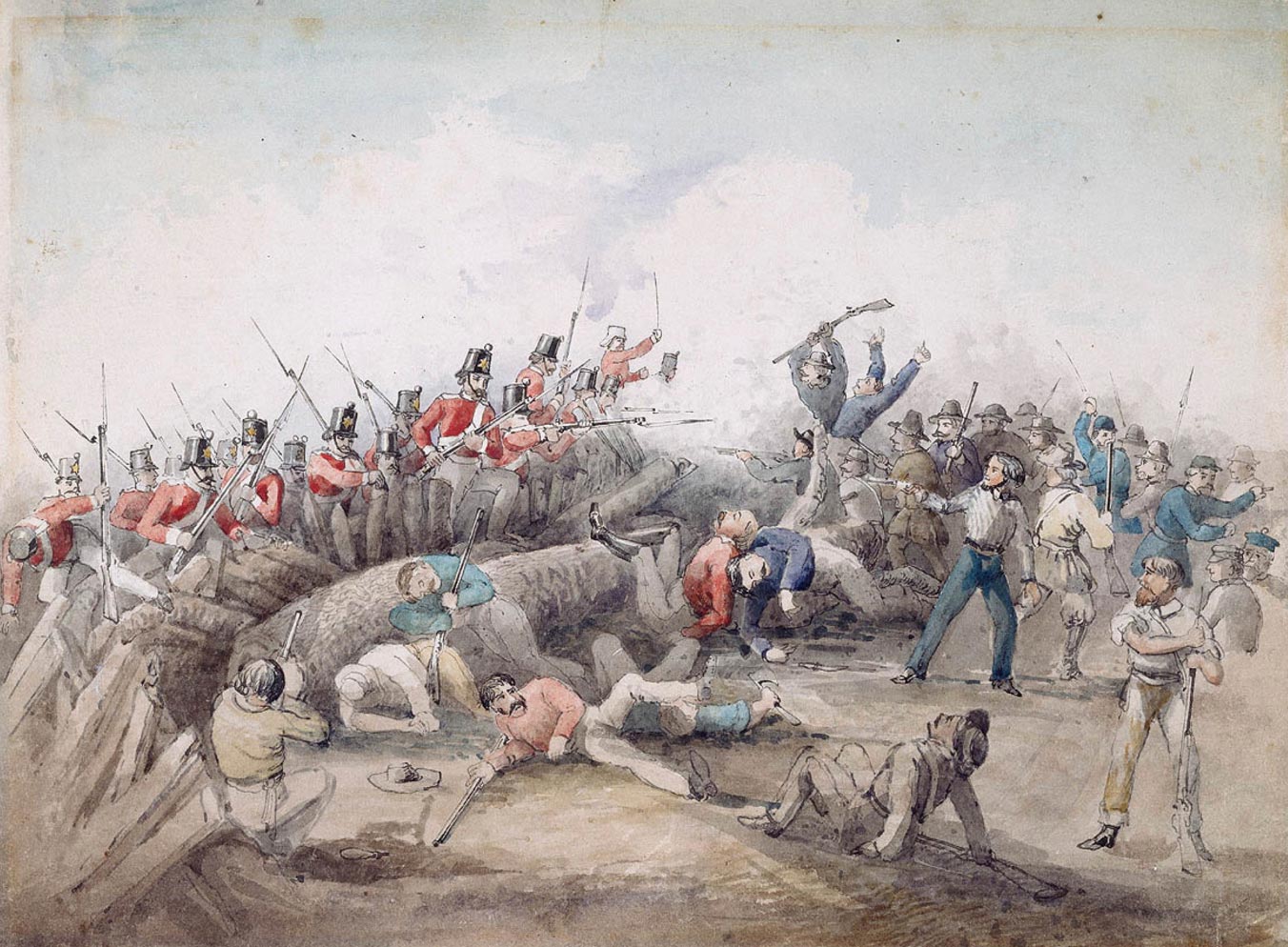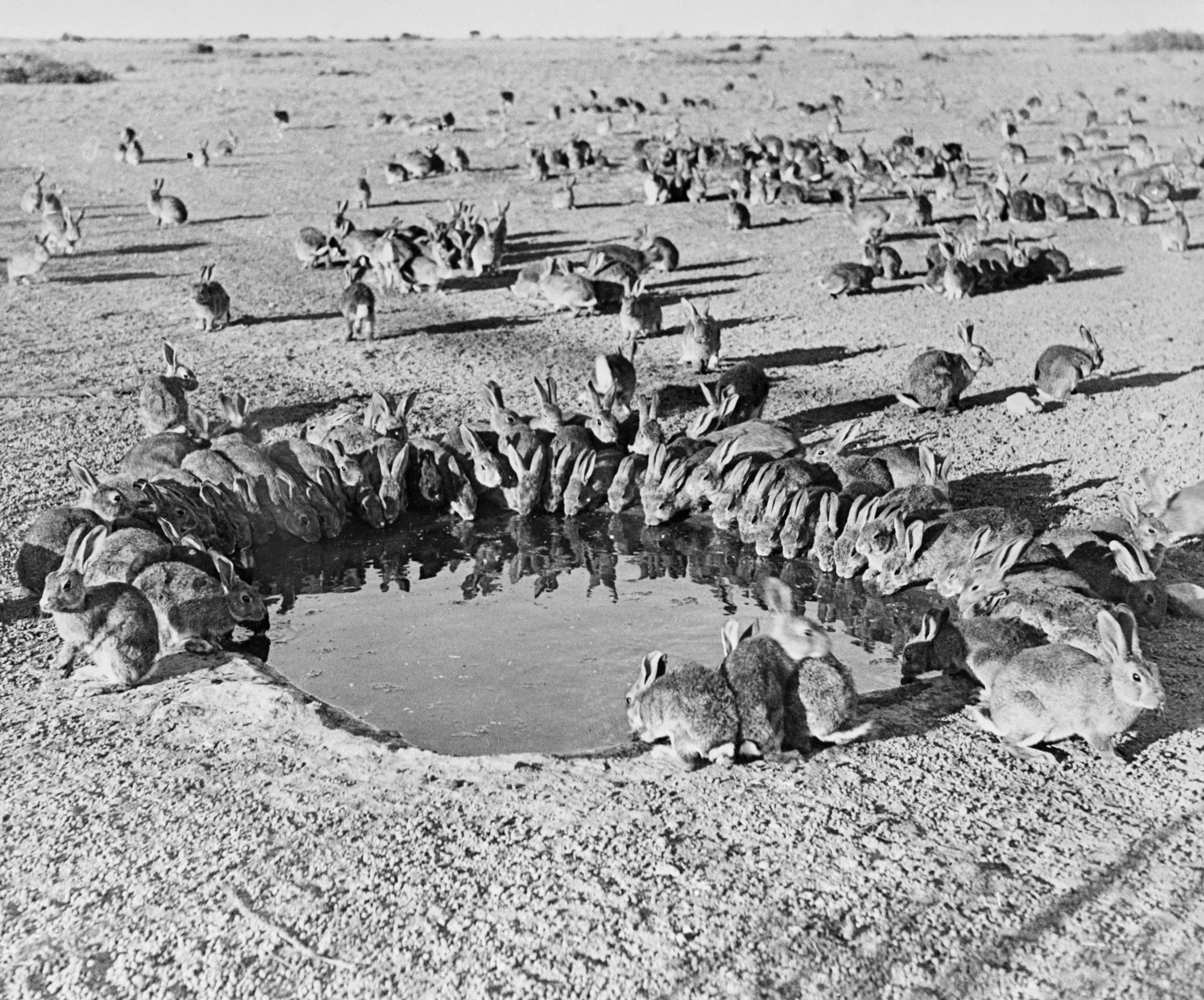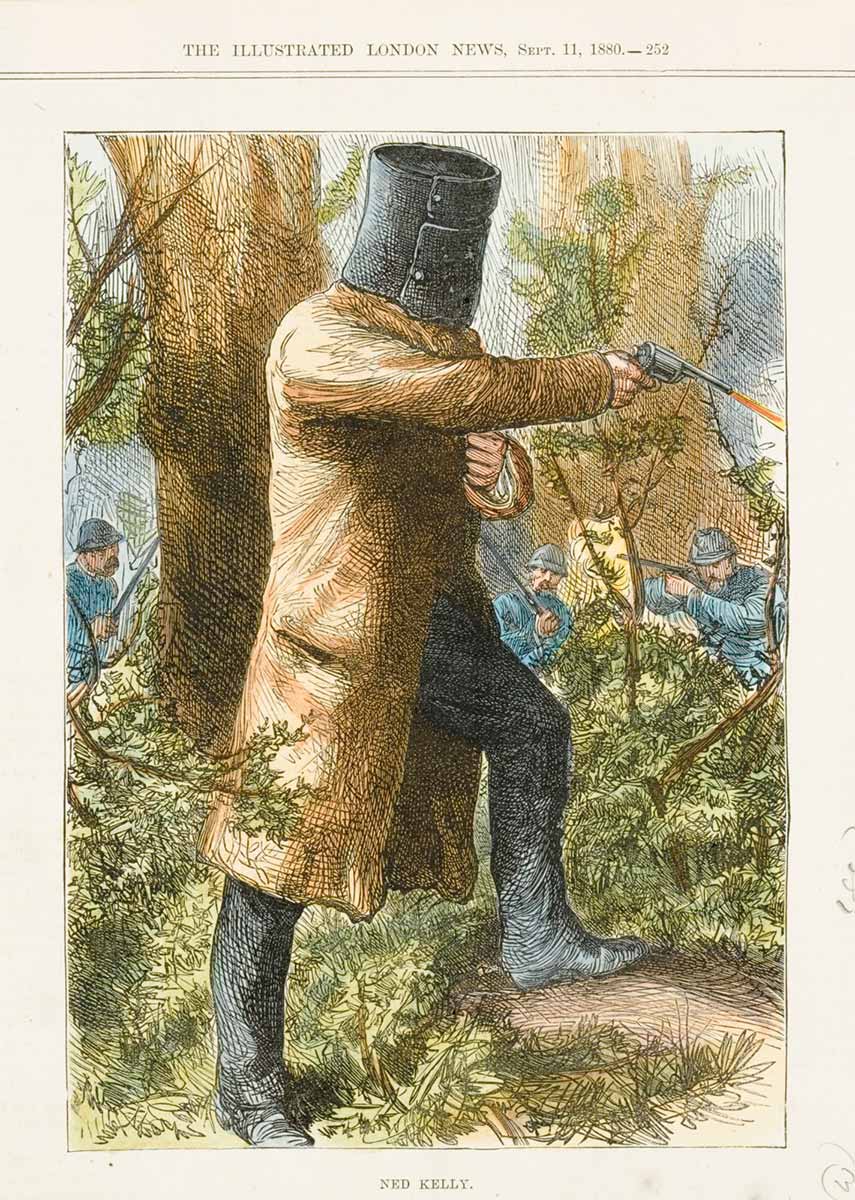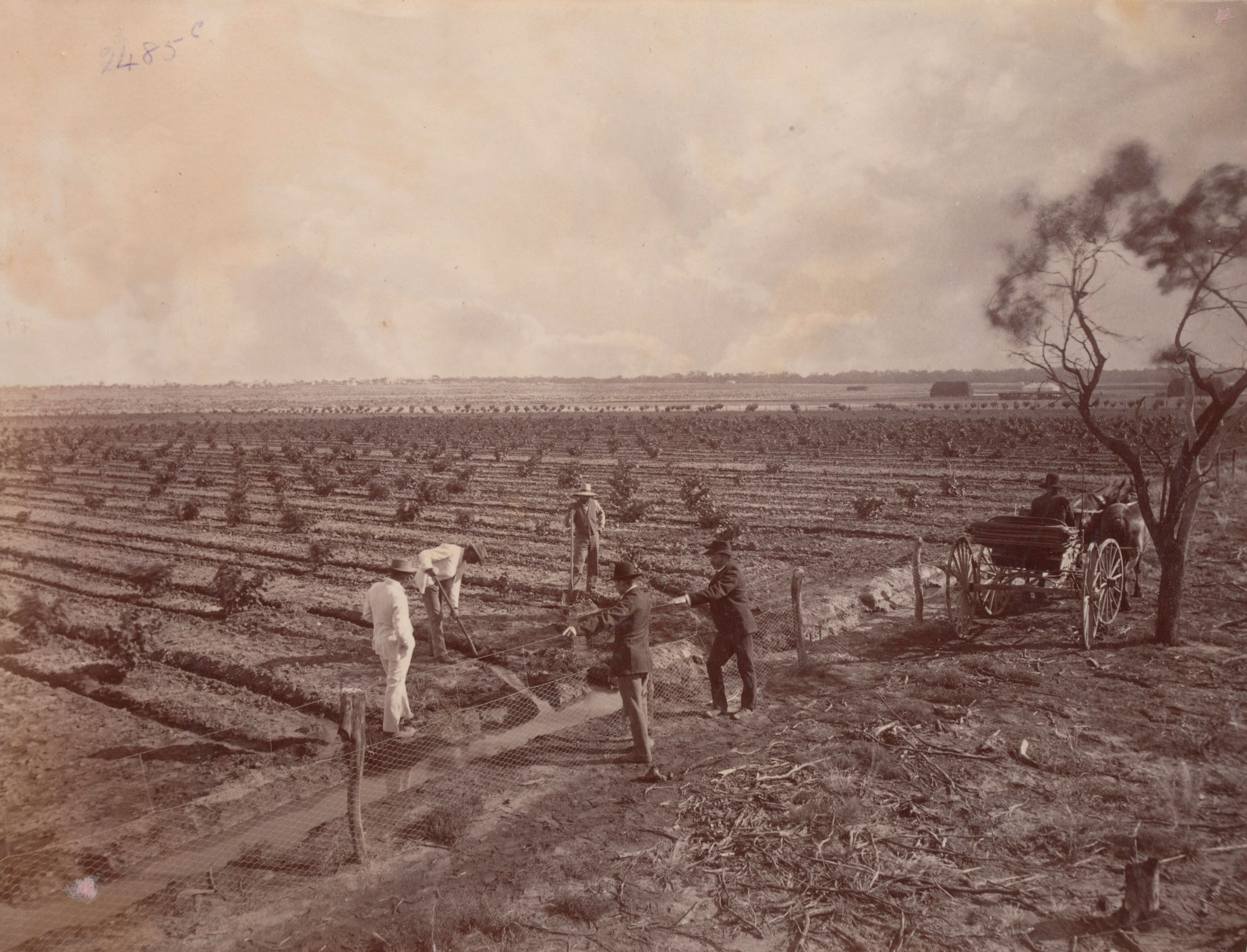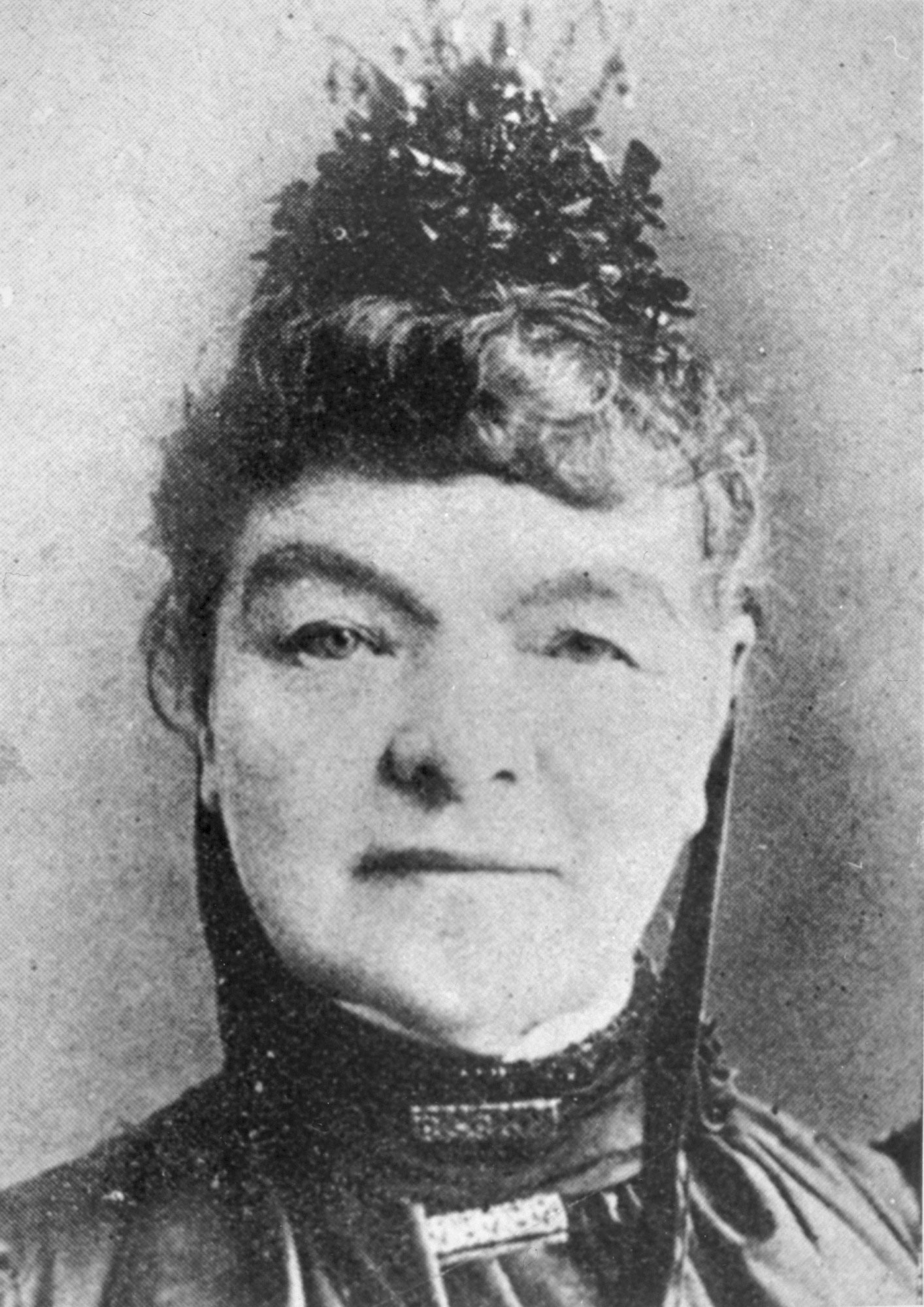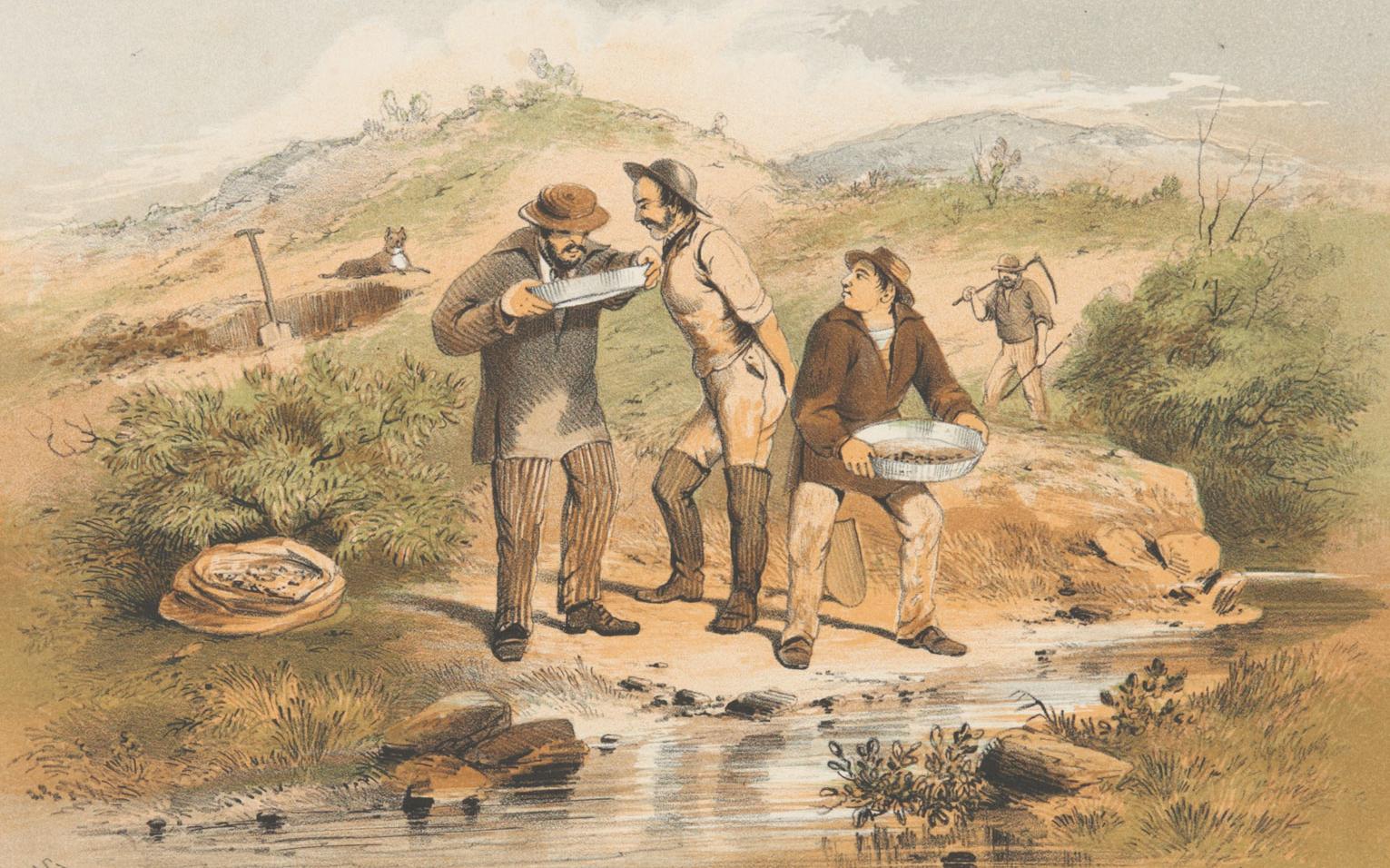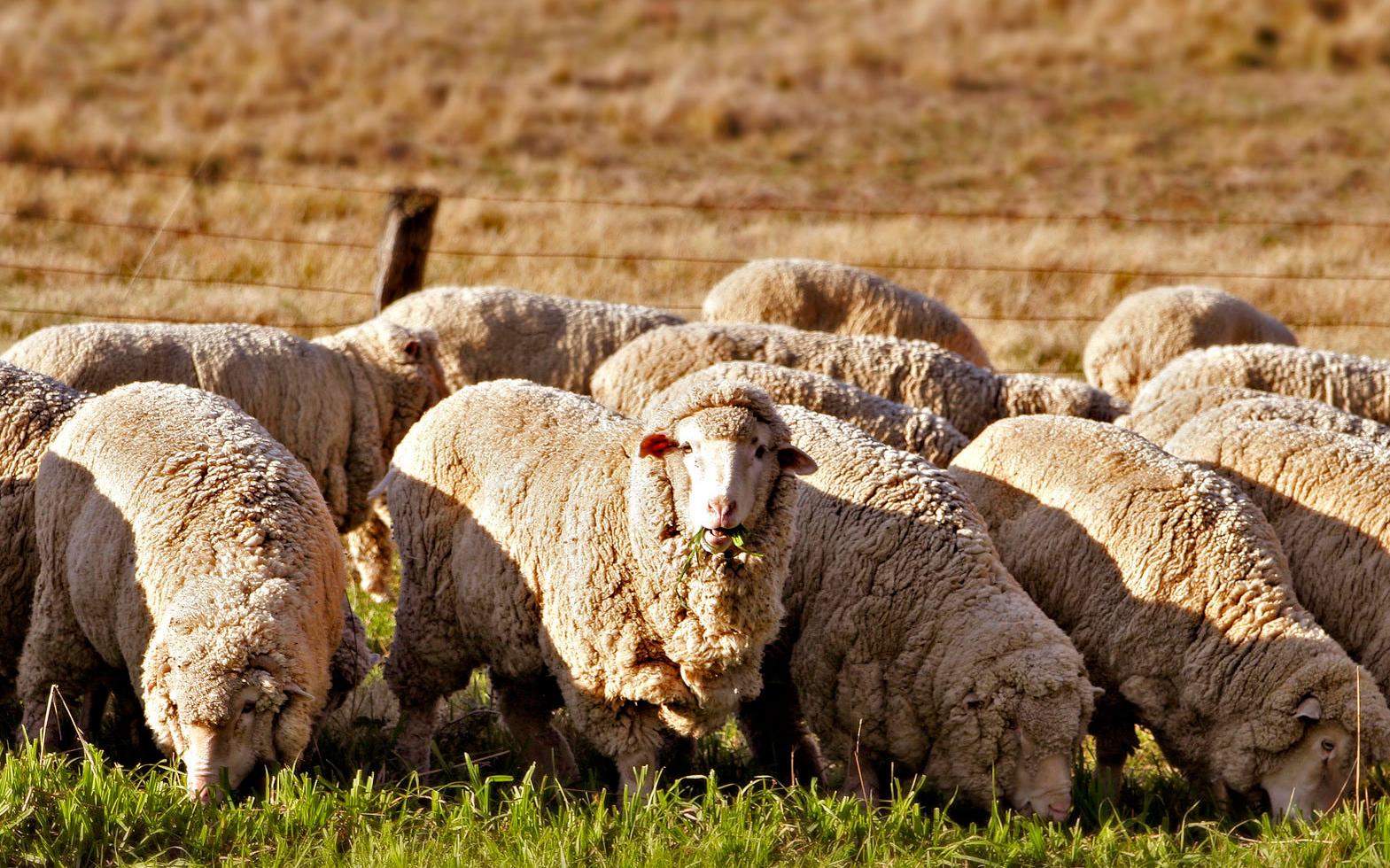Learning module:
Colonial Australia Defining Moments, 1788–1900
Investigation 1: What made us who we are today? Significant events in Australian history in the 1800s
1.2 Convicts sent to Australia: ‘When prisoners walked the land’
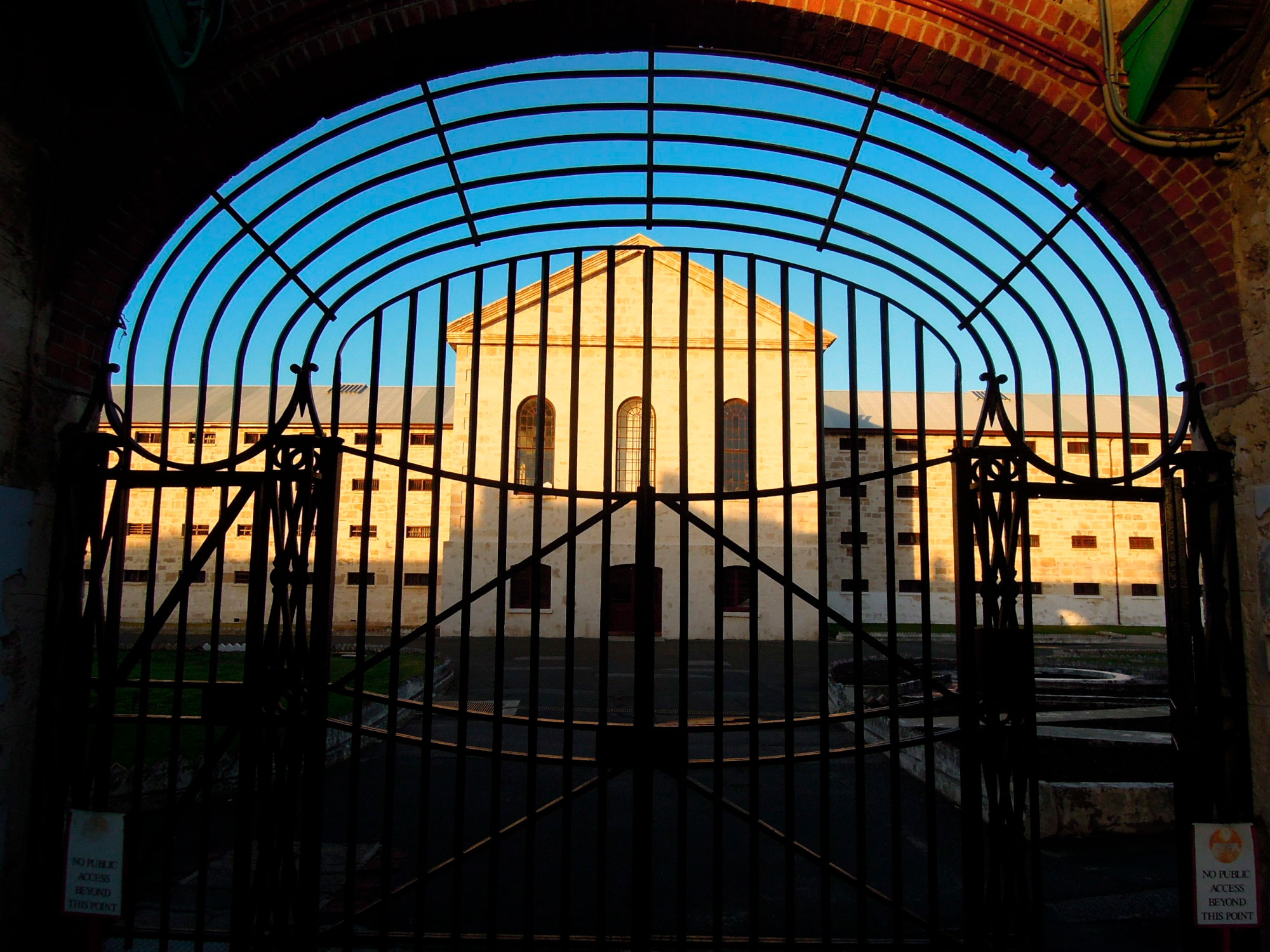
Imagine that…
You have suddenly been sent to a totally new place. You do not know anybody else. You do not know what you need to do to live in this place. The land is strange, the seasons are different, you are not free.
- What do you think would be the key things that would make you more or less successful in this new land?
Discuss this question, then see how something like this really did happen in Australia.
Your task is to go through each evidence file and answer the questions.
| Evidence file A Meet the convicts |
Evidence file B Convict attitudes |
Evidence file C Where convicts were sent |
Evidence file D Convict life in Australia |
Evidence file A
Meet the convicts
Between 1788 and 1868 more than 162,000 convicts were transported to the colonies of Australia from Britain.
Most of these people were English. About 25 per cent were Irish.
About 75 per cent of the convicts were male and about 25 per cent female.
Most were transported because they were found guilty of stealing.
Many children were also transported as convicts.
1. Check your understanding of this evidence by completing these statements.
Evidence file B
Convict attitudes
Many early settlers had been convicts who did not choose to be in this unfamiliar place. How did they feel about being sent to a place halfway across the world from their homes and families?
Below are four objects from the National Museum of Australia. Three of them are 3D models and one is a photo. They are ‘convict tokens’ — coins that were smoothed flat and then engraved or stippled by, or on behalf of, convicts and given to family members or friends. Take a close look and choose the correct answers to the questions.
1843: C Perkins / R Perkins convict token – 3D image
Diameter: 36mm, thickness: 3mm
| Front | Back |
|
Token engraved with a border of stippled leaves and a shape at the top that could be a map, containing the initial: C Underneath are eight lines of stippled text: PERKINS |
Token with stippled border and the stippled image of a ship. Underneath is the stippled text: REMEMBER ME WHEN FAR FROM THEE |
1838: J M convict token – 3D image
Thickness: 1mm
| Front | Back |
|
Token shaped into a rough heart shape, crudely engraved with a border and printed text: Seven |
Token shaped into a rough heart shape, crudely engraved with a stippled border and printed text: J . M |
1820: James Brooker / Elisabeth convict token – 3D image
Diameter: 35mm, thickness: 2mm
| Front | Back |
|
Token pierced at the base and engraved with nine lines of cursive text above a crossed heart and some ornamental flourishes. Weep not |
Token pierced at the base and engraved with seven lines of cursive text above a crossed heart and a symbol resembling a flower or clover. from rocks
|
1819 convict token by unknown maker – photo

Diameter: 41mm, thickness: 4mm
| Front | Back |
|
Token engraved with seven lines of text; two have been scored through: DEAR BROTHER |
Reverse of a cartwheel twopence, 1797.
|
12. Look through the Museum’s online collection of convict tokens. What did convicts write or draw on their tokens in order to be remembered? Can you find any common messages or pictures?
13. Imagine you were being sent far away from your home. What message or picture would you put on a token to say goodbye or be remembered?
You could:
- Make pixel art using a grid-based digital drawing tool
- Reuse some cardboard or paper to create your own token by cutting out a shape or symbol and adding your design
14. Musicians Leonard and Slava Grigoryan created a piece of music inspired by the 1819 token from the unknown maker because the words on it reminded them of their strong bond as brothers. You can listen to the music they created, called ‘Love Token’.
Choose a token that you connect with and respond in your own creative way — write a short story, poem or song inspired by it.
Evidence file C
Where convicts were sent
Most convicts who came to Australia were sent to New South Wales. Some also arrived in Van Diemen’s Land (Tasmania), Queensland, Port Phillip District (Victoria) and Western Australia.
15. Check your understanding of this evidence by selecting true or false for these statements.
Evidence file D
Convict life in Australia
Most convicts were not locked up when they reached Australia. They had to find a place to live. Every day they would have to work for the government, such as by building roads, or on government farms. They might also be sent to work as labourers for settlers and they could hire themselves out as workers for some of the time.
If convicts committed another crime in Australia, they could be sent to a hard-labour prison. They were often treated very harshly. However, most did not commit new crimes after their arrival in Australia. Most stayed in Australia after the end of their sentences (usually 7 or 14 years), living successful lives as settlers.
16. Check your understanding of this evidence by selecting true or false for these statements.
Conclusion
The system of convict transportation to New South Wales was ended in 1840, and to Tasmania in 1853. In 1850 Western Australia needed more workers, so the British government started sending convicts there. This ended in 1868.
17. How are the impacts of convict transportation still felt and seen in Australia today?
Finding out more
To find out more go to:
(i) 1788 Exile or Opportunity? — The First Fleet arrives at Sydney Cove;
(ii) 1833 A prison continent — Convict transportation peaks;







